My 6-year-old came out of school last week incredibly happy and excited as he had spent the afternoon building a candy house. As soon as we got home, he wrote me a shopping list of what we needed to do a similar activity at home. This would also be great for a Three Little Pigs experiment or Charlie and the Chocolate Factory themed science investigation.
We discussed what we wanted to achieve and decided to split our project into two stages, building on the knowledge he’d already gained from school.
If you like this activity, there are 60 more easy edible experiments in my book – Snackable Science
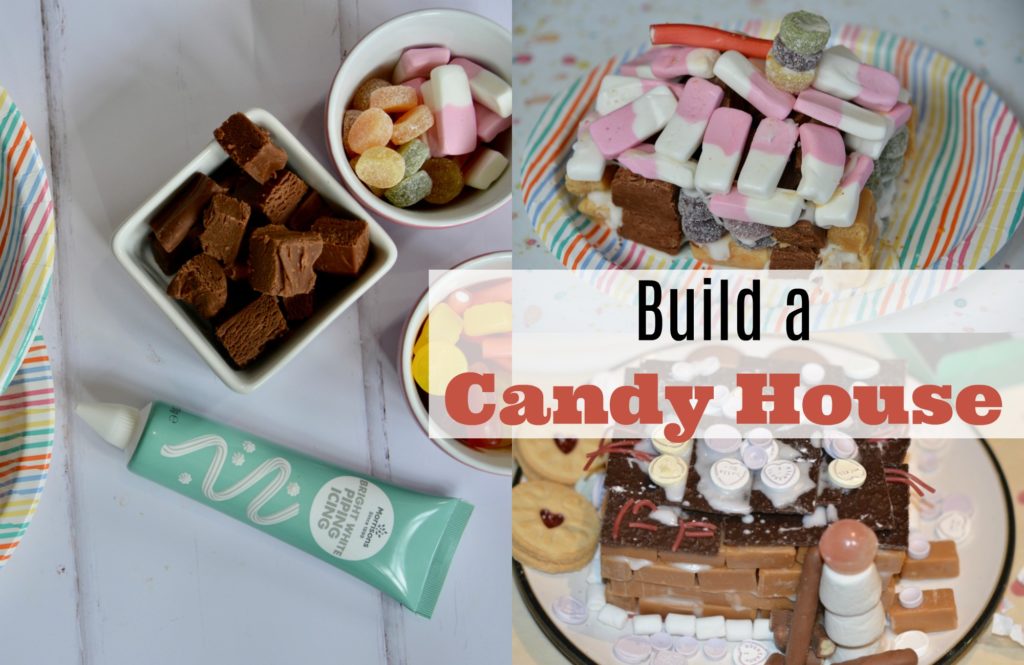
Candy House STEM Challenge
What are the best sweets for ‘bricks’?
We decided marshmallows were too soft and not the best shape, but fudge rectangles would be perfect.
What can you use to stick the candy together?
We decided the material used to stick the sweets together needed to be sticky and harden over time, so we thought we’d try very thick icing sugar and marshmallow fluff.
How can you test how strong the house is?
We didn’t want to waste too much fudge in our testing ( although it did all get eaten ), so we decided to build two small walls to test our sticky substance.
We discussed what we needed to keep constant and what needed to change.
Variables
- Icing
- Marshmallow fluff
Constants
- The amount of fudge.
- The amount of sticky substance
- Time left to harden
We used the same number of fudge pieces for each wall and tried to use the same thickness of icing or marshmallow fluff roughly, but this wasn’t entirely accurate.
Both walls were left overnight to harden.
How to test for stability/strength
- Pick up the wall and see if it stays intact.
2. Roll a marble to the wall – try to roll at the same speed and in the same direction for each wall.
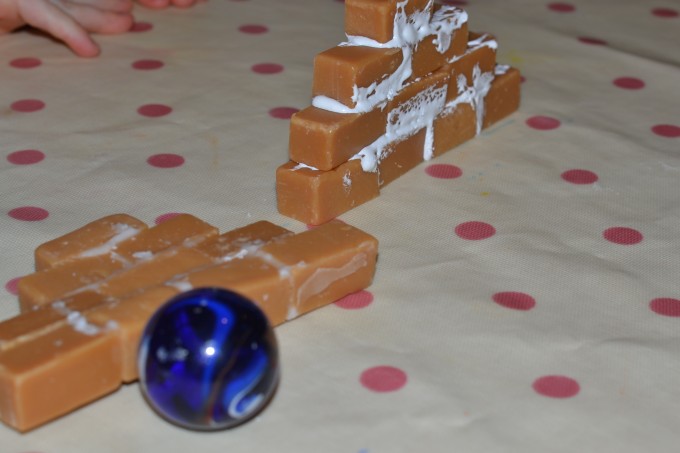
Candy House Results
Observations
The icing sugar hardened completely, while the marshmallow fluff stayed soft and sticky.
Marble Test
The icing sugar wall fell over.
The marshmallow fluff wall stayed upright, but possibly because it was so sticky, the marble stuck to it, losing some of its momentum.
The pick-up test
The icing sugar wall remained in one solid piece when picked up.
The marshmallow fluff wall fell to pieces.
How can we improve this test?
Neater application of the marshmallow fluff so the outside of the wall was less sticky.
Place both walls in the fridge overnight to encourage the marshmallow fluff to set.
Next steps
Build a complete house, finding a suitable material for roof tiles.
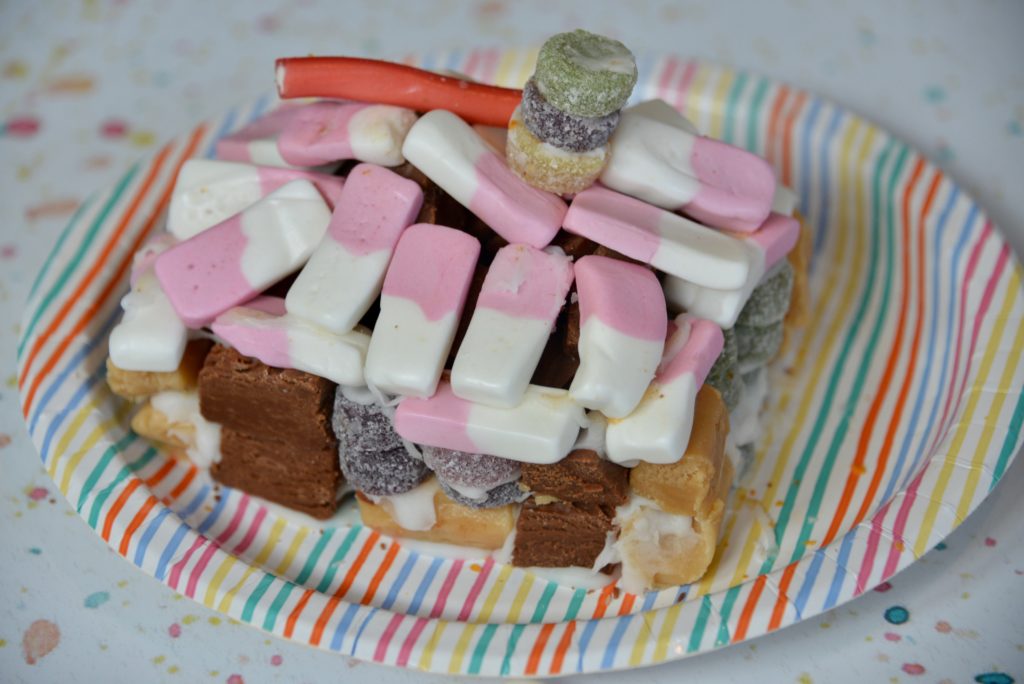
Suitable for Key Stage 1 Science
Brilliant for starting to learn investigative skills.
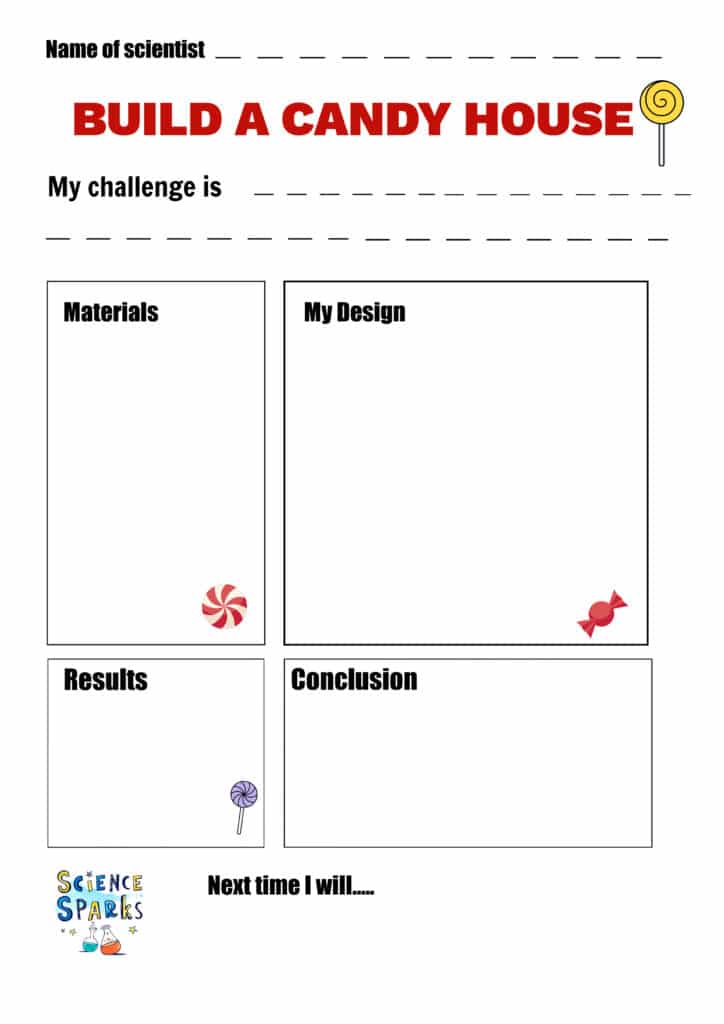
Extension tasks
Try to build a stable structure using building blocks or straws and plasticine.
Build a spaghetti and marshmallow structure.
Think about how to construct a strong roof.
Making a gingerbread house and testing that for strength is also a fun variation of this activity.
More edible science experiments
Try one of my other edible science activities, STEM Challenges and experiments.
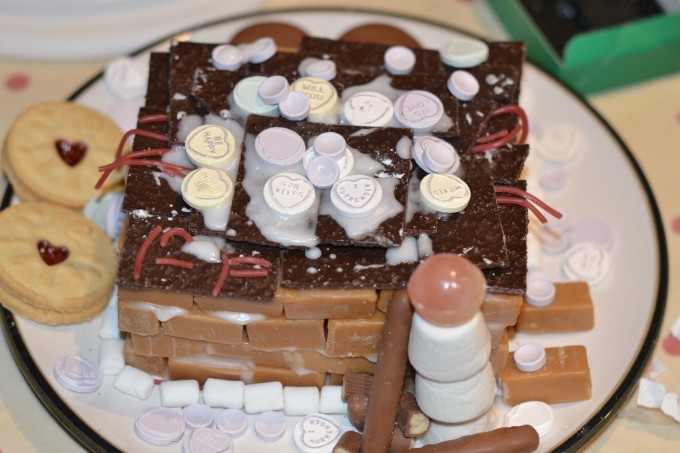
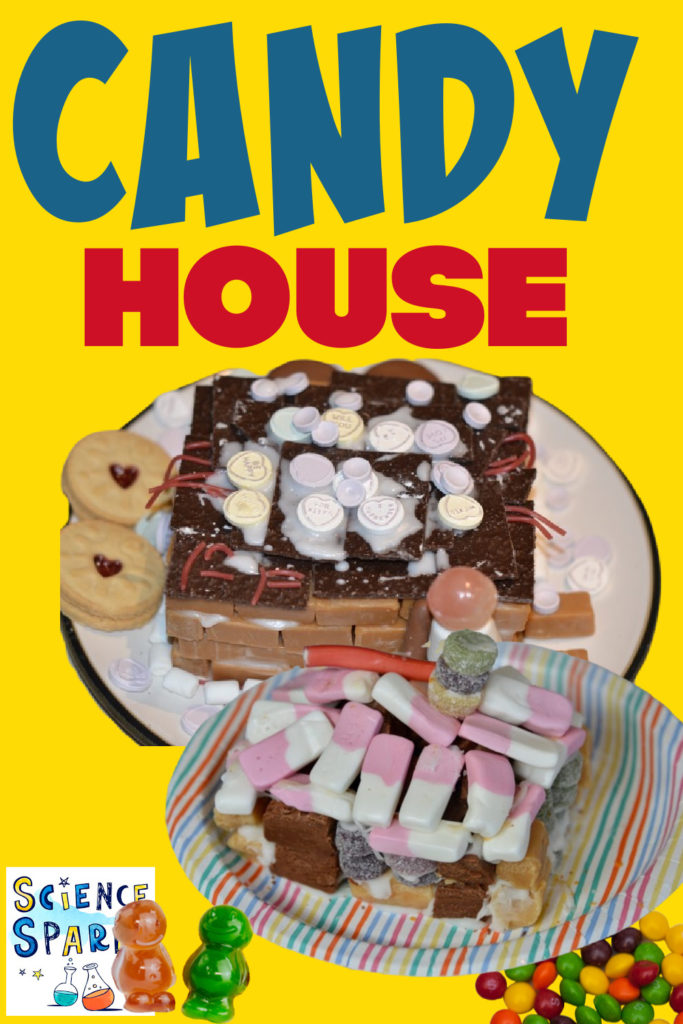
Last Updated on February 17, 2025 by Emma Vanstone


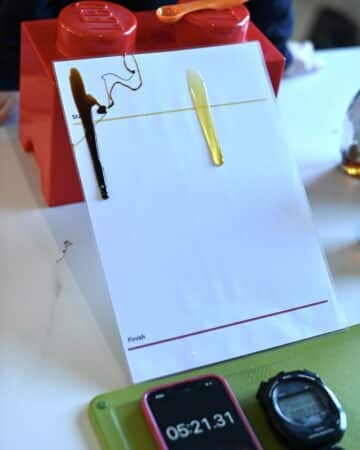
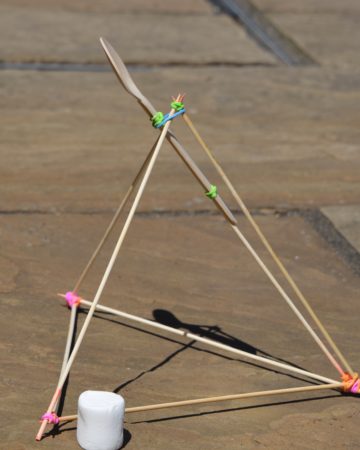
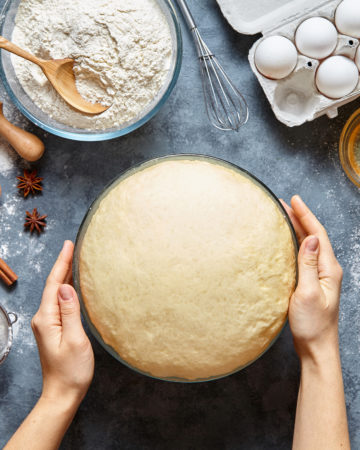
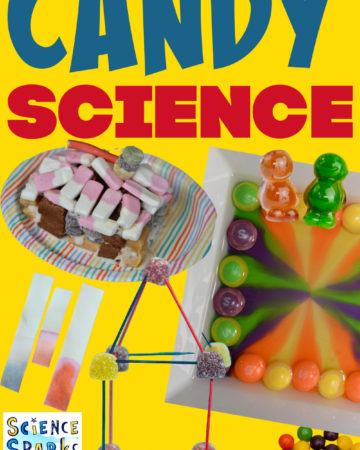
Leave a Reply